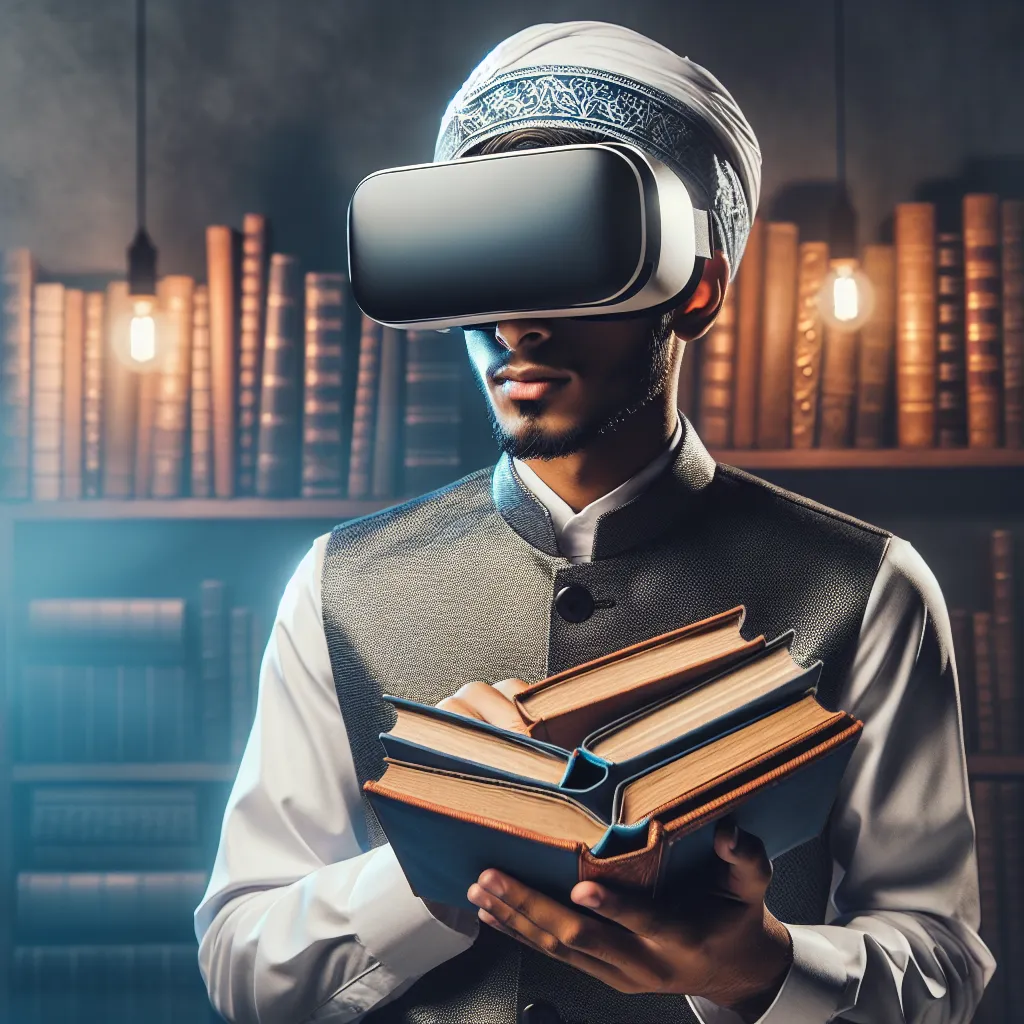The Evolution of Virtual Tours: A Digital Exploration
As the world continues to embrace the digital age, the evolution of virtual tours has paved the way for a new era of online exploration. Gone are the days of static images and basic descriptions – now, virtual tours offer immersive and interactive experiences that allow users to delve into the heart of a destination from the comfort of their own homes. This digital transformation has revolutionized the way we explore and experience new places, whether it’s a museum, a famous landmark, or a potential new home.
With the use of advanced technology such as 360-degree cameras and virtual reality, users can now navigate through virtual spaces with unprecedented freedom and realism. This level of immersion provides a sense of presence that was previously unimaginable, allowing users to feel as though they are physically present in the space they are exploring.
Furthermore, the accessibility and convenience of virtual tours have opened up a world of possibilities for individuals who may not have the means or ability to travel to these destinations in person. This digital exploration has democratized access to cultural and historical sites, making them available to a global audience.
Businesses across various industries have also recognized the potential of virtual tours as a means of showcasing their offerings to a wider audience. Real estate professionals, for example, can provide virtual tours of properties, allowing potential buyers to explore every nook and cranny without having to physically visit each location.
As technology continues to advance, the evolution of virtual tours is poised to further enhance the way we explore and interact with the world around us. With the growing demand for immersive online experiences, the future of virtual tours looks promising, offering limitless possibilities for digital exploration.
Immersive Experiences: Navigating Virtual Tours Online
Virtual tours have seen a significant rise in popularity in recent years, providing users with immersive experiences that allow them to explore destinations from the comfort of their own homes. These online experiences have revolutionized the way people interact with and explore new places, bringing the world to their fingertips.
One of the key aspects of virtual tours is the immersive experience they offer. Through high-definition images, 360-degree videos, and interactive elements, users can navigate through virtual tours as if they were physically present in the location. This level of immersion provides a sense of realism and presence, allowing users to explore famous landmarks, cultural sites, and natural wonders in a way that was previously impossible without physically being there.
Navigating virtual tours online has become increasingly seamless and user-friendly. With the use of intuitive interfaces and responsive design, users can easily move through different areas, zoom in on details, and access additional information about the location they are virtually visiting. This level of interactivity enhances the overall experience, making virtual tours engaging and informative.
As technology continues to advance, the potential for virtual tours to provide even more immersive experiences is endless. With the integration of virtual reality (VR) and augmented reality (AR) technologies, the line between the physical and digital worlds is becoming increasingly blurred, offering users an even more immersive and lifelike experience.
Whether it’s exploring a museum, taking a virtual stroll through a historic city, or marveling at natural wonders, virtual tours and their immersive experiences are redefining the way people engage with and appreciate the world around them.
Virtual Reality Revolution: The Rise of Online Tours
Virtual reality (VR) revolution has completely transformed the way we experience online tours. The rise of VR technology has ushered in an era where individuals can immerse themselves in realistic and interactive virtual environments from the comfort of their homes. This technological advancement has paved the way for the booming popularity of virtual tours across various industries, including real estate, travel, education, and entertainment.
By leveraging VR headsets or even just a smartphone, users can navigate through 360-degree virtual tours, providing a truly immersive experience. This innovation has not only made online tours more engaging but has also increased their accessibility to a global audience. Whether it’s exploring architectural wonders, touring exotic destinations, or visiting museums and art galleries, the possibilities for virtual tours are endless thanks to VR technology.
Moreover, the COVID-19 pandemic further accelerated the demand for virtual tours as lockdowns and travel restrictions limited physical exploration. As a result, businesses and organizations swiftly adapted to the virtual realm, offering online experiences that rival traditional, in-person tours.
In conclusion, the rise of virtual reality and online tours has revolutionized the way we explore and experience the world around us. This shift towards virtual tours opens up new opportunities for businesses, enhances educational experiences, and provides a safe and convenient alternative for global exploration.
Embracing the Virtual: Exploring Online Experiences
In recent years, the rise of virtual tours has revolutionized the way people explore and experience the world. This shift towards embracing virtual experiences has opened up a whole new realm of possibilities for travelers, culture enthusiasts, and curious minds alike. The accessibility and convenience of online tours have allowed individuals to visit destinations and landmarks that were previously out of reach, providing a heightened sense of immersion and interactivity.
Virtual tours offer an array of engaging opportunities, from 360-degree explorations of famous museums and historical sites to interactive walks through bustling city streets. With just a few clicks, users can find themselves transported to far-flung locations, delving into rich cultural heritage and architectural marvels. The seamless integration of multimedia elements such as videos, audio guides, and virtual reality technologies enhances the online experience, providing a sense of presence that transcends traditional modes of exploration.
Moreover, embracing virtual tours has proven to be instrumental in promoting inclusivity and accessibility. Those with physical limitations or financial constraints can now partake in enriching virtual journeys, breaking down barriers that once hindered their ability to access these immersive experiences. Furthermore, the ongoing advancements in virtual tour technologies promise even more realistic and captivating online explorations, creating a dynamic landscape for users to delve into.
In conclusion, the rise of virtual tours signifies a paradigm shift in how individuals engage with the world. By embracing online experiences, people can transcend geographical boundaries and delve into captivating destinations and cultural narratives. This newfound accessibility and interactivity pave the way for a more inclusive and immersive form of exploration, shaping the future of travel and cultural discovery.





